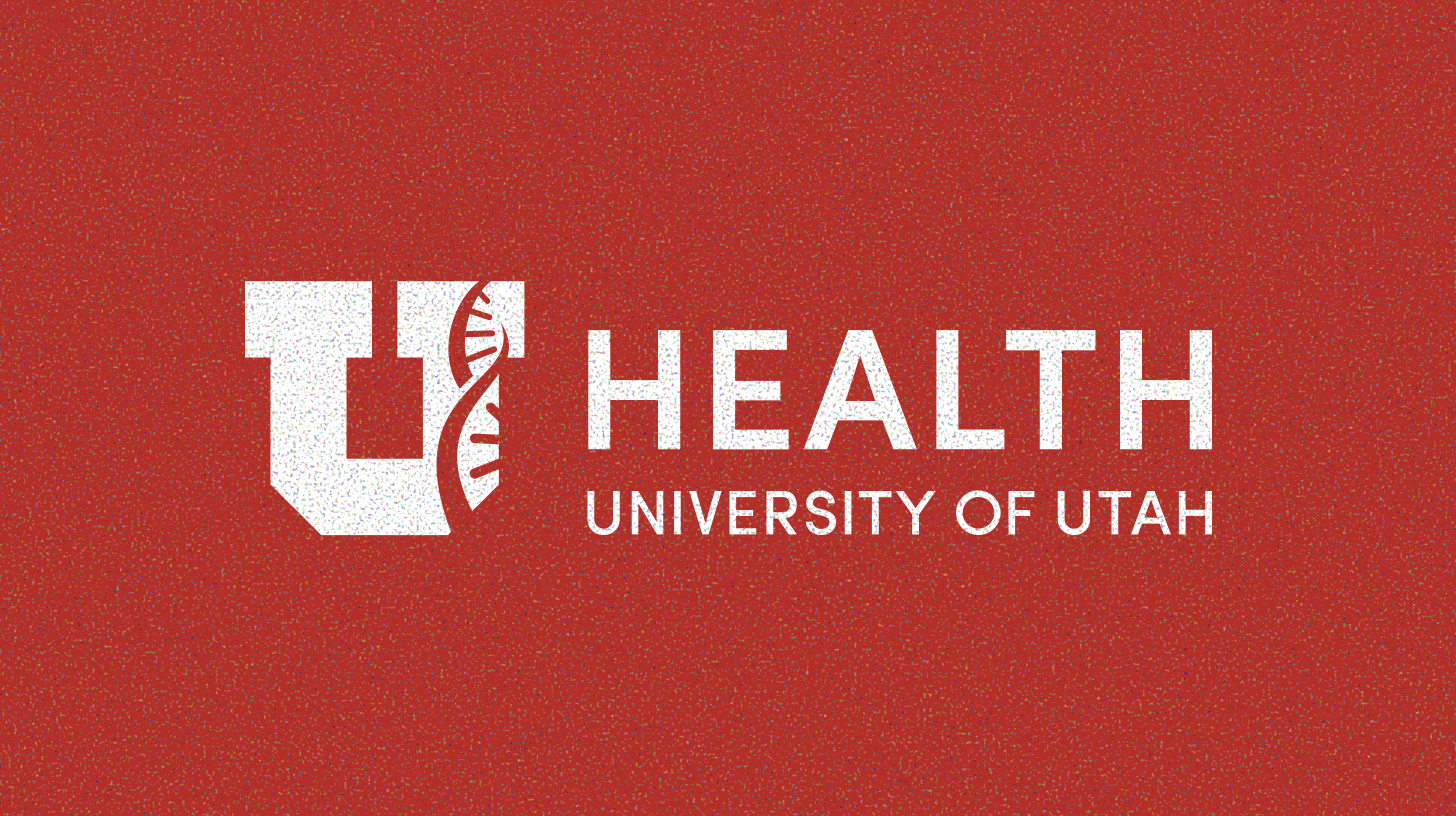1. The Stroke Crisis at a Glance
Stroke remains the world’s second-leading cause of death — in 2019, there were 12.2 million new cases, 6.5 million deaths, and a loss of 143 million disability-adjusted life years (DALYs) globally . Ischemic strokes, especially those tied to large vessel occlusion (LVO), account for nearly two-thirds of these cases and often result in significant long-term impairment.
2. About the Study
- What it is: An international, prospective observational cohort study tracking how hospitals around the world manage acute ischemic stroke (AIS) due to LVO, with a 30-day patient outcome follow-up .
- Who’s involved: Healthcare sites globally enroll consecutive AIS patients over a defined 30-day period, capturing demographics, clinical care details, and short-term outcomes (mortality, modified Rankin scales at discharge and day 30) .
3. Why It Matters
- Despite mechanical thrombectomy (MT) being a proven therapy, global MT access remains under 3%, and it’s often below 1% in low- and middle‑income countries (LMICs) .
- Small differences in MT availability lead to major disparities in patient survival and long-term disability. The study aims to paint a global picture of these systemic gaps.
4. Innovations & Metrics
- Introduces the Mechanical Thrombectomy Access Score (MTAS) — an original metric designed to quantify how accessible MT is across regions, enabling targeted interventions .
- Explores scalable solutions: TeleStroke networks, Mobile Stroke Units, and AI-powered imaging tools that can help level the playing field in areas with limited resources .
5. The Vision Forward
- Use the data to inform targeted resource investment and system design where the burden of stroke is highest.
- Enhance evidence-based care globally through standardized data collection and reporting.
- Support the development of training programs and sustainable thrombectomy services, especially in LMICs .
6. Leadership & Project Partners
- Led by Dr. Karol Budohoski, MD, PhD, at the University of Utah Neurosurgery Department, this initiative also aligns with the Tanzania Stroke Project, aiming to establish MT services and training infrastructure in low-resource settings .
7. Takeaway Message
- Stroke kills and disables; modern interventions can save lives — if they’re available.
- Measuring access (via MTAS) matters: “You cannot manage what you do not measure.” This approach empowers actionable change.
- Through standardized data and innovative interventions, the Global Stroke Outcomes Study serves as a roadmap for closing care gaps worldwide.
How to Get Involved
Interested clinical sites and collaborators can register and learn more about joining the study via the University of Utah’s registration portal and resources linked on their Global Stroke Outcomes page. --> Visit the Project Page




